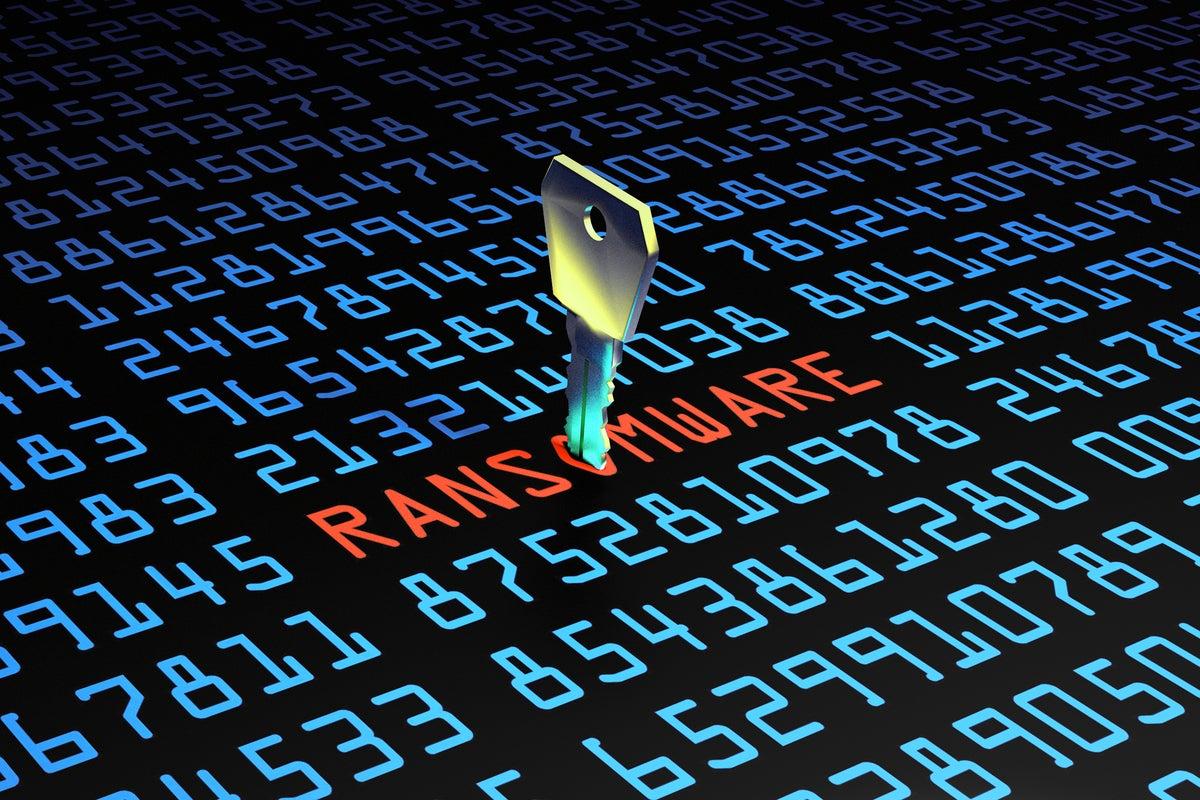Blog
How to become more resilient against ransomware attacks
An organisation is hit with a ransomware attack every 11 seconds and the bad actors behind these threats are only getting smarter. Building a resilience strategy is no longer a measure taken only by organisations but it’s a necessity for all those seeking to ensure the longevity of their business.
Preparing for a such a threat is a critical part of this strategic endeavour in which senior management should dedicate a significant effort to prepare for these types of incidents, which are not too far!
An initial step for this journey is to assess your cybersecurity resilience and you can utilise our platforms for such as test either from a GRC/non-technical perspective or technical point of view.
The first critical step is to keep your data safe through helping your IT team for developing a framework to protect data integrity. Given the evolving state of malware coupled with increasing IT complexity, a single layer, no matter how robust, may potentially be breached. So it is strongly recommended to make an effective data protection through the adoption of a multilayered approach to reduce the risk of being hacked or breached. This is called “defence in depth” which means that you tighten your security through adding more layers of protection in various layers, i.e., data, network, operating system, application, and data. This adds more cybersecurity resiliency for your data.
Recent studies show that most of the times ransomware attackers are seeking to get access to backup files, to dramatically delay or inhibit companies’ ability to recover. Backups are keys to recovery and it’s critical they remain intact and unaltered in a ransomware attack. Therefore, implementing hardening measures such as having multiple copies of data (e.g., grandfather, father, son), cloud/external hard-drive backups, and data encryption methods.
Detecting anomalous activity and behaviours is another important line of defence against ransomware. Also knowing what data you have, where it resides and who can access it is a critical step to increase cyber resilience. Even though in todays’ complex environment, having end-to-end visibility is a challenge, it’s very critical to use systems which can provide you with various information sources such as audit logs, file types, access permissions and reads and writes, etc.
Evidence proves that ransomware attacks rarely impact a single system; what can start as one corrupted device can quickly spiral and endanger the entire data centre. To prevent this, it’s recommended to build and maintain hybrid and multiload infrastructures to increase your cybersecurity posture. This helps maintain control of your business, when ransomware strikes.
The combination of various strategies such as data protection and backup, awareness programs, detection and prevention tools, incident management plans, disaster recovery plans, alongside a reasonable insurance policy, could provide you with a good level of cybersecurity resilience, however there is no silver bullet for protection against cyber attacks and ransomware threats.

